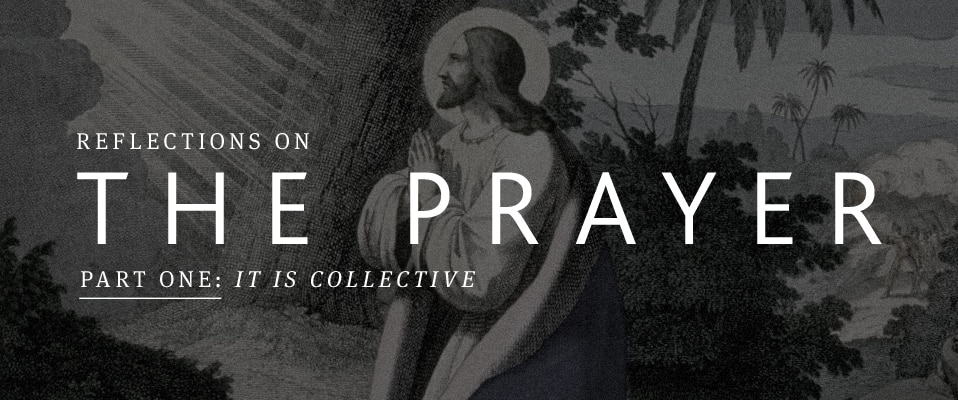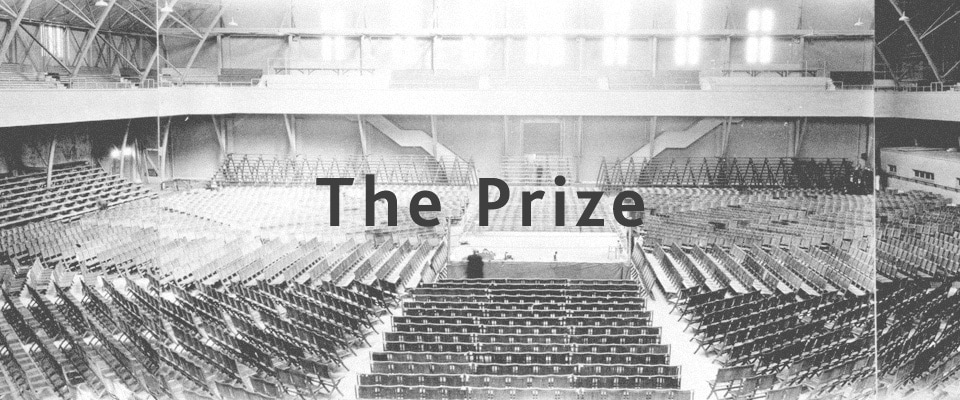This year for Lent, Julia and I committed to getting up earlier and giving 30 minutes of our morning to praying The Lord’s Prayer together. I received an email from a friend asking what changed us about this experience, and if we were going to blog about it. For the next few weeks we want to reflect on what we’ve learned over the past 46 days of prayer. In this first post, I want to consider how The Prayer is collective.
We prayed the full prayer each morning and then focused on a petition each day. The first day of the week focuses on the line, “Our Father, who art in heaven.” Jesus constantly talks about his Father. In the gospels, he uses the phrase “my father” 50 times. It should be no surprise then that the first line of The Prayer is about the Father. Yet when Jesus teaches us how to pray he says “Pray then like this: Our Father …” (Matthew 6:9). The prayer begins with a beautiful pronoun “our”. We don’t just pray to Jesus’ father, but to our father. It is a radical invitation. He includes us into the familial love of the Trinity.
There’s even more to this. There is not a single first person pronoun in the entire prayer. Every pronoun is plural, it is always “our” or “us”. There is not an ounce of individualism in this prayer. The plural personal pronouns remind us that we can experience the fullness of God in community. This is yet another reflection of the familial love of the Trinity. The eternal self-giving love of God is extended us to as we extend it to one another. So it was great to pray this prayer with Julia and not in isolation.
I think this is why many of the catechisms throughout church history include sections educating the people of God on prayer with the Lord’s prayer. They teach the community of faith how to pray through each petition, but more importantly they teach the community of faith to be unified in their prayer lives.
Meditating on the unified petitions in the Lord’s prayer also creates a sense that we are the one body of Christ. We exist in an intricate eco-system of self-giving love. As many members of one entity we pray for food to sustain the whole body, we ask for forgiveness and peace among the system, we seek protection as a unit. It is a holistic view of prayer. Although we are separated by time, space, and bodies we are one in Christ seeking what he has taught us, praying as he prayed. What a powerful form of communion among all believers and with Christ.
Jesus knew what he was doing when he said “Pray then like this”. He knew we would get in spats and be abusive towards one another and get jealous and hold grudges. He knew we would abandon one another and seek our own self interest. The one way he teaches us to pray, the one way he teaches us to direct our spiritual communication with God, does not leave us as individuals doing our own thing. Prayer, which can be highly private and isolated, leads us back to community.
I love that Christians around the globe pray this prayer. They are praying for their own community, but even more, it can be heard as a prayer for me and for you. Jesus set us up to always be praying for one another and not just ourselves.




